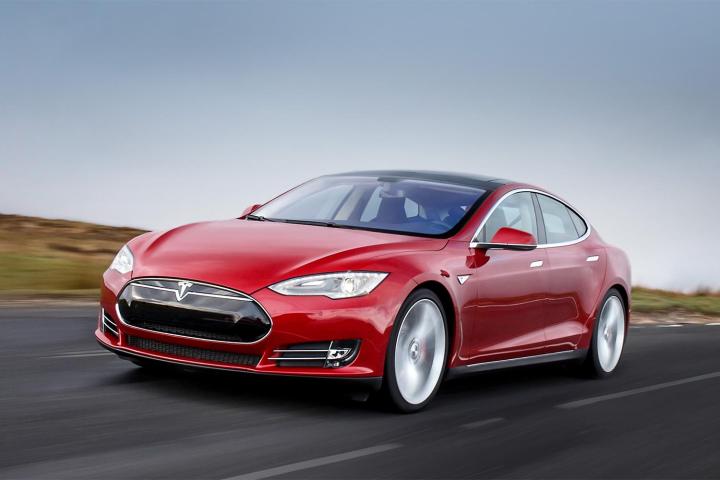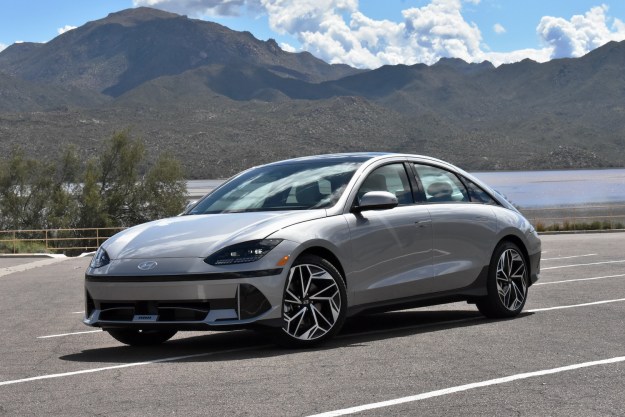
After testing the autonomous-driving system on its own Model S P85D, the magazine concluded that it could pose a safety risk in certain situations. Staffers contacted Tesla with their concerns, and the company agreed to make modifications, Consumer Reports said.
Released as part of the Version 7.1 software update last year, Summon allows properly-equipped cars to drive themselves into garages or parking spaces, or pull out of parking spots to meet their drivers. It’s all controlled remotely using a key fob or smartphone. A car can drive itself at slow speeds up to 33 feet, but the “driver” must be within 10 feet of the vehicle, according to Tesla.
After testing the system using the garage at a staffer’s house and at its Connecticut test track, Consumer Reports concluded that Summon has some safety issues. Testers felt that, in an emergency, a person might not be able to stop a car right away. The buttons on the key fob aren’t marked, and testers were concerned that a car might keep moving even if the fob was dropped, or the smartphone app was accidentally closed.
While a car in Summon mode is supposed to stop if it encounters an obstacle that requires additional torque from the motor, Consumer Reports found that the system isn’t foolproof. The Model S test car failed to stop before hitting obstacles like a duffel bag and bicycle, and dinged one of its wheels against a curb in a garage. Turning on the system does bring a warning screen stating Summon may not detect obstacles that are very narrow, or that are placed very low or high. Tesla considers the system to still be in its beta stage.
Consumer Reports noted that the slow speeds involved make these safety risks relatively minor, but said they were still “unnecessary.” It said Tesla should implement some form of a “dead man’s switch” that would automatically stop the car if the controller drops the key fob, or closes the app. It contacted Tesla, which responded that a software fix will be implemented later this week.
The revised software will only allow owners to initiate Summon using the app, and they’ll have to keep a finger on the screen at all times. Owners will no longer be able to activate Summon with a key fob, but they will be able to stop it by pressing a button on the fob.
“As a beta feature, we continue to test Summon and collect feedback from real-world user experience,” a Tesla statement said. “Consumer Reports surfaced valid concerns that we’ve already built fixes for, continuing to make Summon and our vehicles better.”
Editors' Recommendations
- The Tesla Model Y is at its lowest price yet — but should you buy one?
- New Model 3 ‘takes out the baby fat,’ Tesla designer says in new video
- Tesla Model Y vs. Nissan Ariya: Can Tesla take out Nissan’s electric crossover?
- Tesla Model 3 vs. Tesla Model Y: Bigger or cheaper?
- Volkswagen ID.4 vs Tesla Model Y


